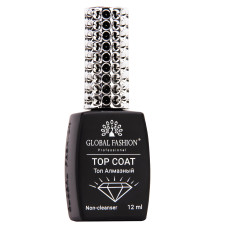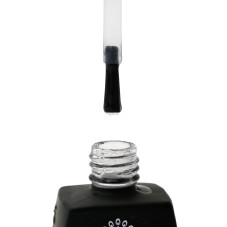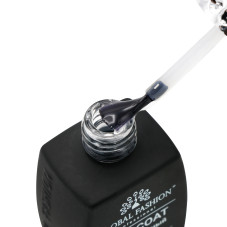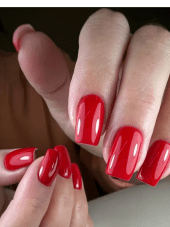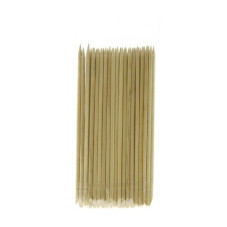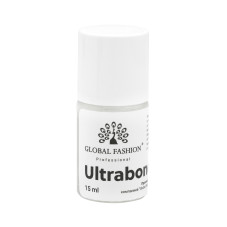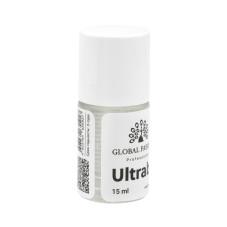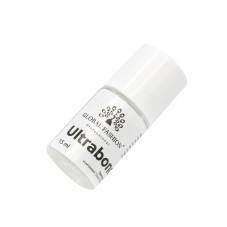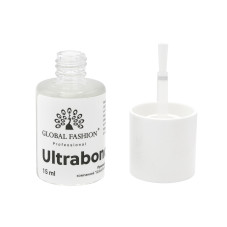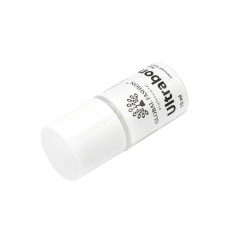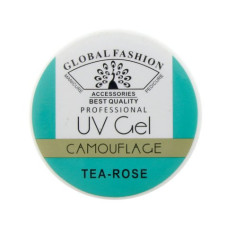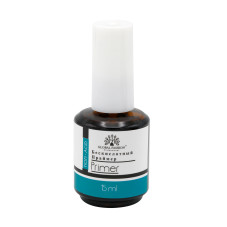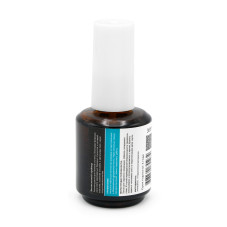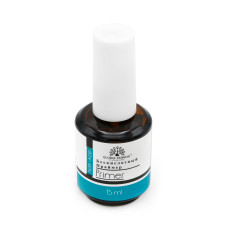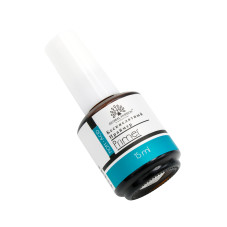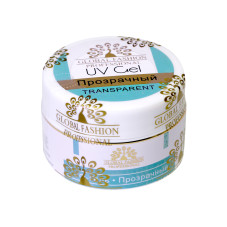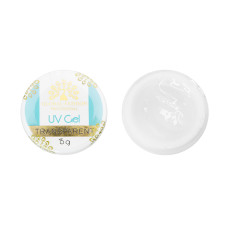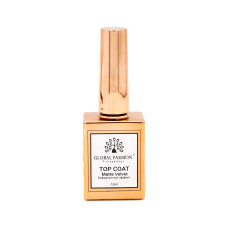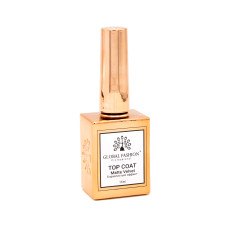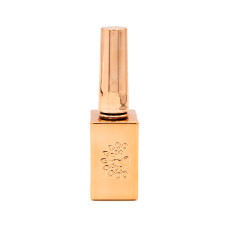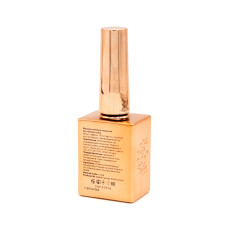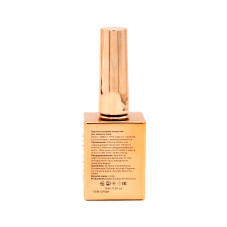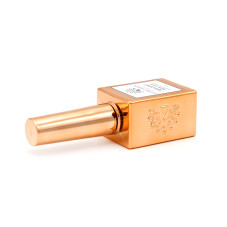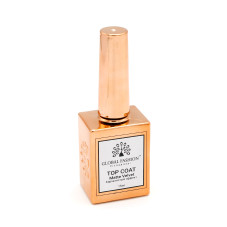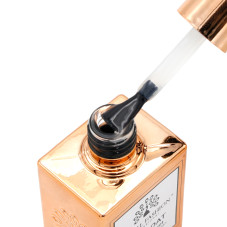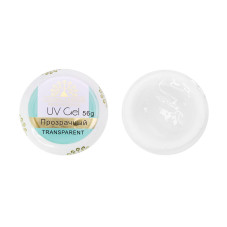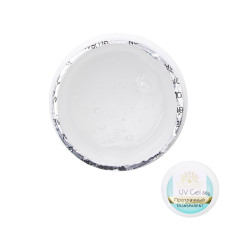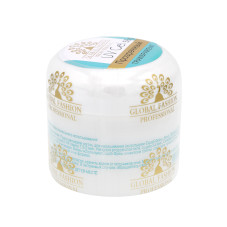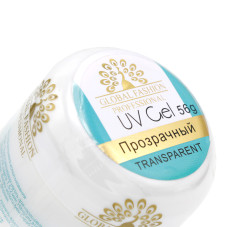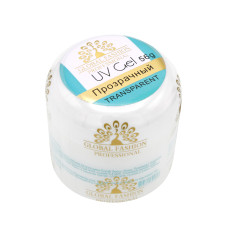What to Do If Your Nails Are Breaking: Causes and Tips for Recovery

Brittle nails are not only an aesthetic problem but also a signal that the body may be lacking something. Thin, peeling, and easily breakable nail plates can result from both external factors and internal disorders. In this article, we will examine the main causes of brittle nails and provide effective tips for restoring their health and beauty.
Constant typing
You may not know it, but constant typing can lead to brittleness and peeling of the nails. In such cases, it is recommended to keep nails short and type with the pads of your fingers rather than the nails. When working with smartphones and tablets, you can use a special stylus — this helps to keep your nails in good condition and avoid damage. Remember, you should type with the fingertips, not with your nails.
Iron deficiency in the body
Sometimes, nails become brittle and weak due to iron deficiency in the body. Hemoglobin is responsible for transporting oxygen throughout the body, including the nail plates, so its level directly affects nail health. In such cases, it is important to get a blood test to check hemoglobin and iron levels. To improve nail condition, it is recommended to include iron-rich foods in your diet, such as beef liver, beans, and spinach.
Cuticle trimming
The cuticle may seem unnecessary, but in fact, it plays a very important role. The cuticle serves as a natural barrier, preventing microbes, water, and dirt from entering under the nail plate. If you cut it off, you deprive the nails of this protection. That’s why specialists recommend not removing the cuticle, but gently pushing it back using an orange stick or a pusher.
Using cream once — either in the morning or in the evening
It’s good if you at least use cream, but if you don’t — that’s a problem. Dermatologists recommend applying cream after every hand wash. Water dries out the skin, including the area under the nails. As a result, nails begin to break and peel. Therefore, when using cream, carefully massage it into the skin all around the nails.
Using Acetone for Nail Polish Removal
It has long been known that acetone is harmful to nails, and many people are aware of this. Nevertheless, it continues to be used for removing nail polish. It is worth noting that acetone-free removers are not always safe either — some of them can also dry out the nail plate and the surrounding skin. Therefore, we recommend choosing nail polish removers with nourishing ingredients — especially those containing oils. They not only effectively remove polish but also moisturize the nails, preventing brittleness and splitting.
Vitamin B Deficiency
Biotin plays a key role in maintaining the health of hair and nails. When it is lacking, nails become brittle, thin, and prone to splitting. Foods rich in biotin include almonds, eggs, and salmon. For additional support, biotin supplements can be taken — the recommended daily dose is 2.5 mg.
Wearing Duration of Gel Polish
It is recommended to wear gel polish for no more than 3 weeks. Wearing it for a longer period increases the pressure on the nail tip, as the grown-out part becomes heavier. This creates stress on the nail plate and may lead to its damage.
Read also: How to quickly strengthen your nails at home: an effective bath, with a stunning effec
Published: 26.06.2025 13:52
Times Read: 1104
7703 bought
ID: 3678
120 MDL
2501 bought
ID: 3650
80 MDL
1202 bought
ID: 2003
80 MDL
1298 bought
ID: 3658
130 MDL
